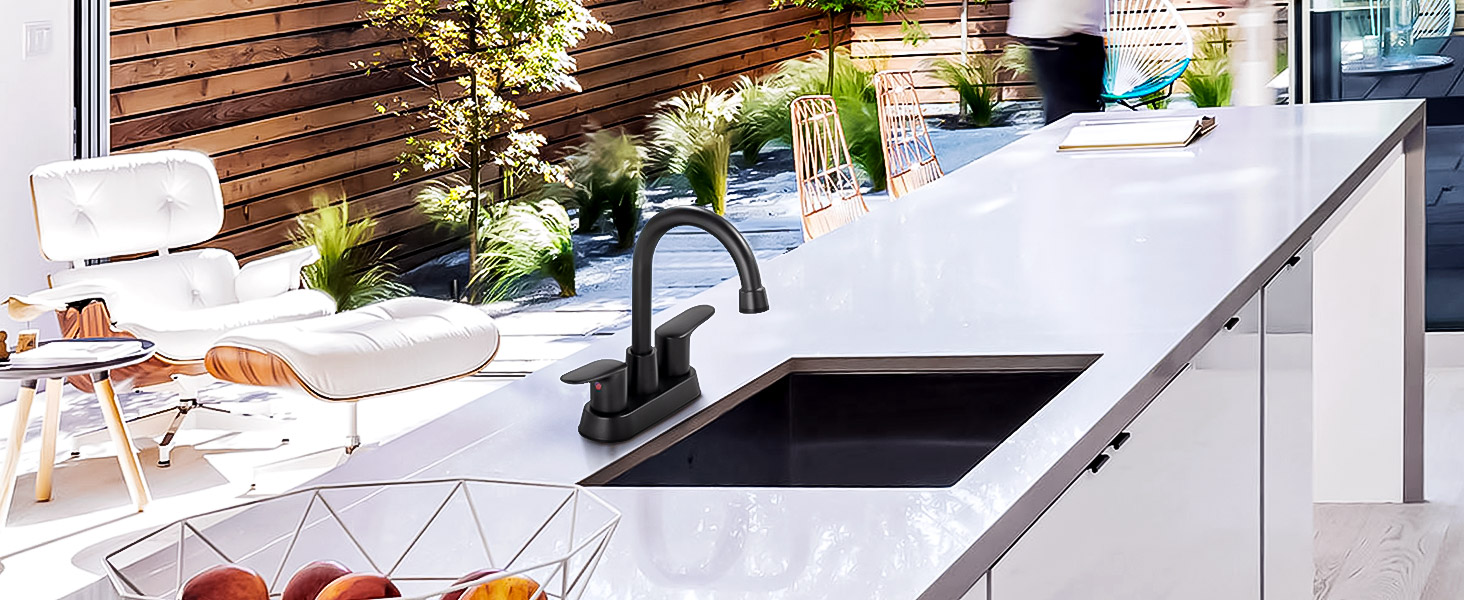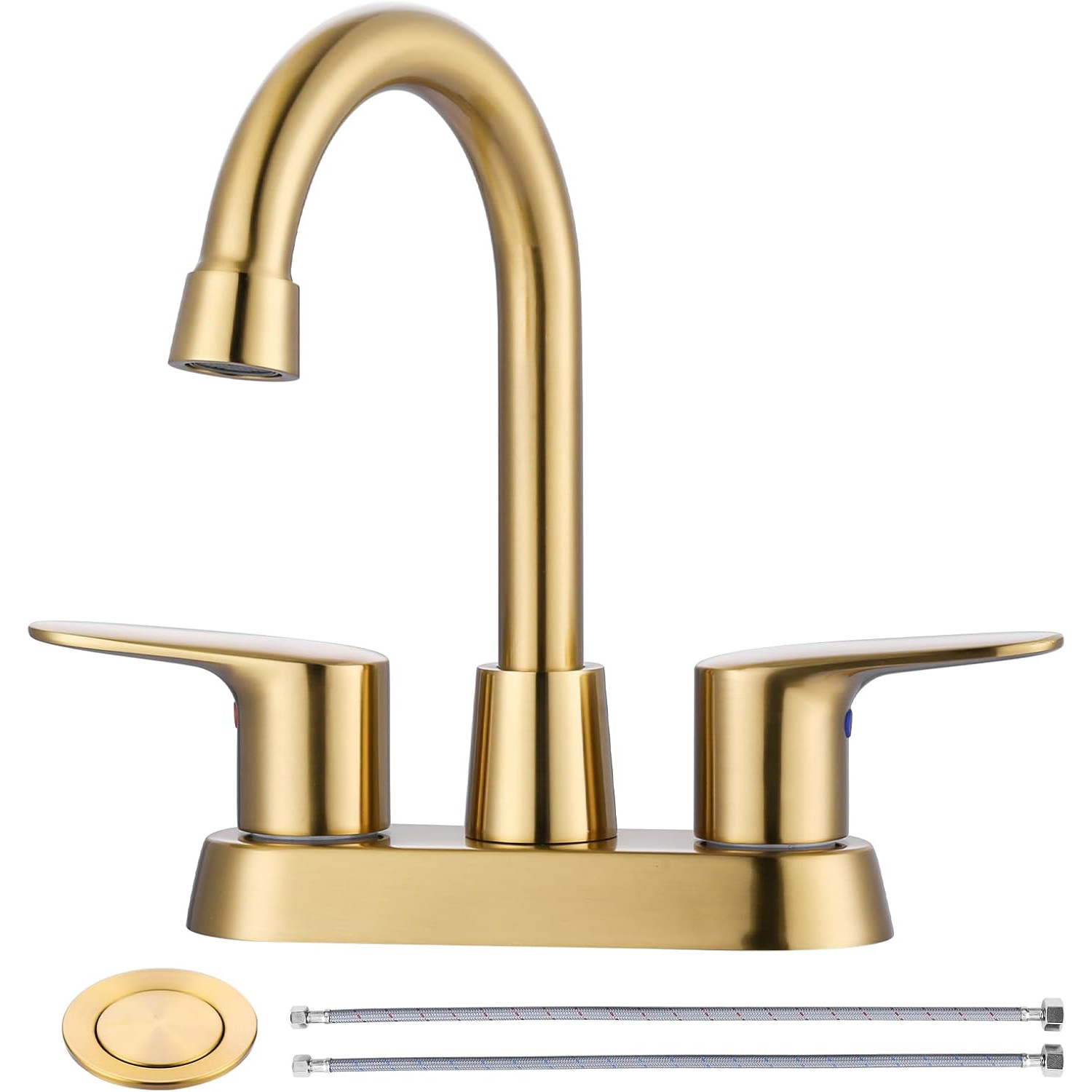
Whether you’re renovating your kitchen or upgrading your bathroom, choosing the right faucet might seem like a small decision—but it can make a big impact. A faucet is one of the most frequently used fixtures in your home, and the wrong one can lead to daily frustrations, unexpected costs, and even plumbing issues. To help you make an informed choice, here are five key questions to ask before you buy a faucet.
1. What Type of Faucet Do I Need?
Before anything else, determine the type of faucet that fits your sink and space. Faucets come in various configurations, and not every model will work with your setup. Start by checking how many holes your sink or countertop has—most sinks have between one and four holes.
Common faucet types include:
-
Single-hole faucets – These combine spout and handles in one unit and are ideal for minimalist or modern designs.
-
Center-set faucets – Typically used in bathroom sinks with three holes, these combine spout and handles on a single base unit.
-
Widespread faucets – These have separate hot and cold handles and require three holes, but allow more flexibility in spacing.
-
Wall-mounted faucets – These are attached to the wall above the sink, often found in modern or vessel sink designs.
Choosing the right type isn’t just about aesthetics—it ensures compatibility with your existing plumbing and countertop design, which can save you money and time during installation.
2. What’s the Faucet Made Of?
Material matters—especially for something that deals with water daily. Faucets are made from various materials, each with different levels of durability and cost.
Here are some of the most common materials:
-
Brass – Long-lasting and corrosion-resistant, brass is considered a high-quality option. Solid brass faucets tend to be more expensive but are extremely durable.
-
Stainless Steel – Resistant to rust and scratches, stainless steel is a great option for kitchens and modern bathrooms.
-
Zinc Alloy (Zamak) – Often found in budget faucets, zinc alloy is cheaper but less durable.
-
Plastic – Lightweight and inexpensive, but usually the least durable.
When evaluating materials, also look at the finish. Chrome, brushed nickel, matte black, and oil-rubbed bronze are all popular choices. A good finish resists corrosion, tarnish, and water spots. Make sure it’s also easy to clean and complements the rest of your fixtures.
3. How Easy Is It to Install and Maintain?

Unless you’re hiring a plumber, you’ll want a faucet that’s straightforward to install. Some faucets come with quick-connect fittings or even tool-free installation systems, which can make life much easier for DIYers.
Also, consider maintenance. Faucets with fewer seams or crevices are generally easier to clean and less prone to mineral buildup. Some models feature spot-resistant finishes, especially useful in households with hard water.
Look into the cartridge mechanism as well. Ceramic disc cartridges are the gold standard—they’re durable and less likely to leak over time compared to older compression or ball valve systems.
If your home has low water pressure or older plumbing, make sure the faucet you choose is compatible and won’t exacerbate those issues.
4. What Features Do I Actually Need?
Modern faucets come with a variety of features, but more isn’t always better. Ask yourself: what features do I actually need and will use regularly?
Here are some popular faucet features to consider:
-
Pull-down or pull-out sprayers – Useful in kitchens for rinsing dishes or cleaning the sink.
-
Touch or touchless technology – Convenient for reducing the spread of germs and keeping the faucet clean.
-
Built-in water filtration – Ideal if you want clean drinking water directly from the tap.
-
Adjustable flow or spray modes – Great for kitchen tasks like filling pots or gently rinsing produce.
-
LED temperature indicators – These can be handy, especially for households with children.
While high-tech options can be appealing, they usually come at a higher price and may require additional maintenance or batteries. Evaluate whether the extra cost is worth the convenience for your particular lifestyle.
5. What’s the Warranty and Brand Reputation Like?
Faucets may look similar on the outside, but the warranty often reveals a lot about the manufacturer’s confidence in their product. Always check the warranty before you buy.
Top-tier brands like Delta, Moen, Kohler, and Grohe often offer limited lifetime warranties that cover parts and finishes. That’s a big deal if something goes wrong after a few years of use.
Also, research the brand’s customer service reputation. A company that stands behind its products and has responsive support can save you serious headaches if you ever run into issues.
Read reviews—not just star ratings, but detailed user feedback—so you can get a sense of real-world performance. Look for comments about installation ease, leak issues, finish durability, and overall satisfaction.
Final Thoughts
A faucet may seem like a minor detail in a renovation or build, but it plays a key role in both functionality and design. By asking these five questions—What type do I need? What’s it made of? Is it easy to install and maintain? What features are important? What kind of warranty and support does the brand offer?—you can avoid costly mistakes and choose a faucet that truly fits your needs.
Whether you’re shopping for style, practicality, or both, a little research goes a long way in making sure you find the right fixture that won’t let you down—literally.
 iVIGA Faucet Online Shop
iVIGA Faucet Online Shop
